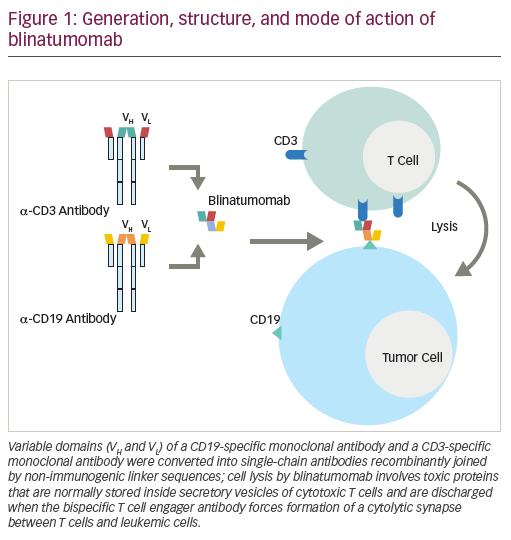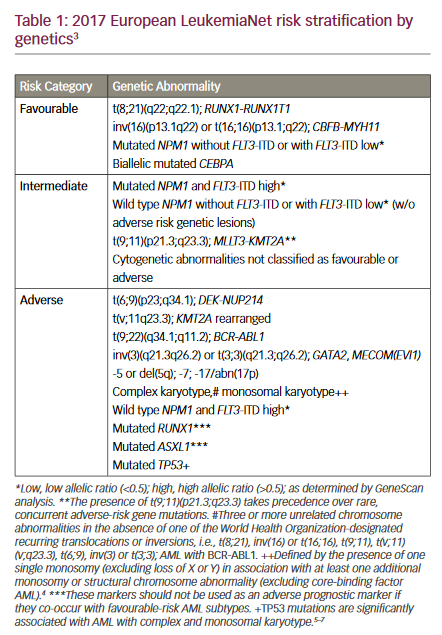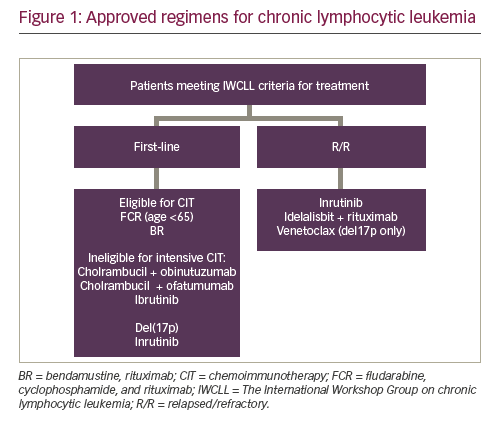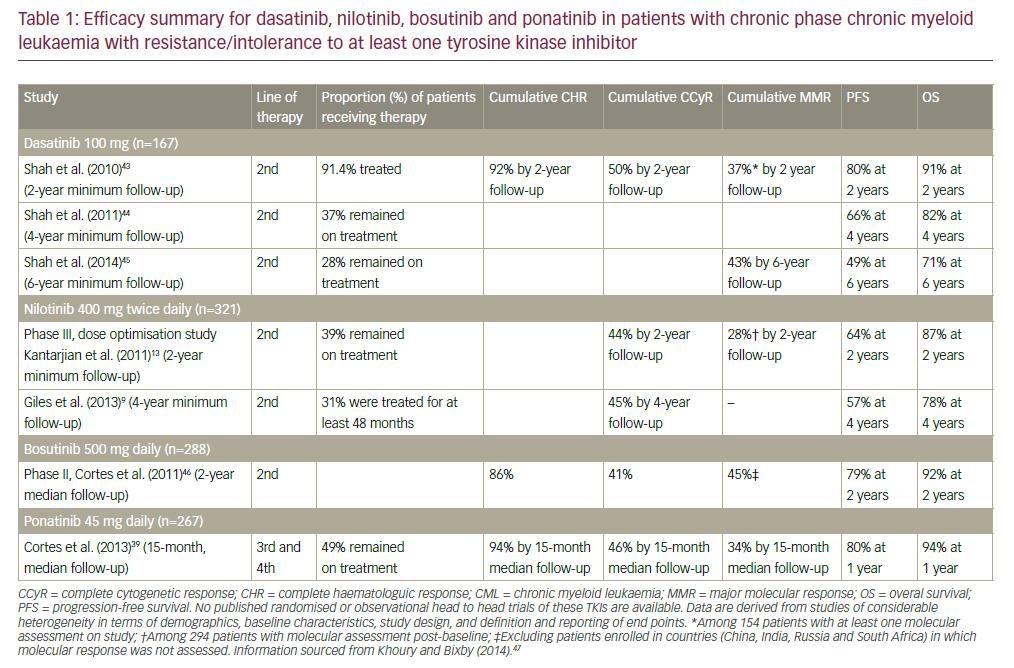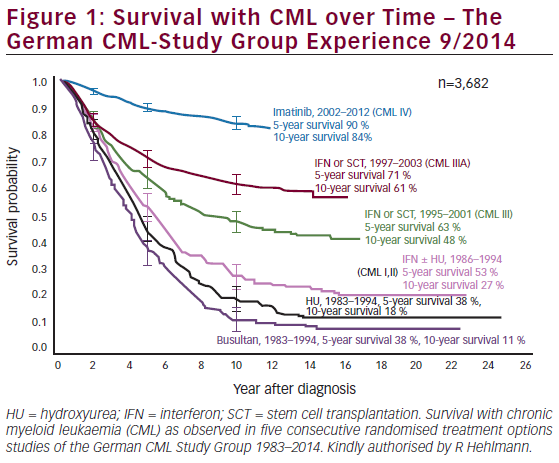Karen M Mustian, PhD, MPH, et al. discuss the treatment of nausea and vomiting during chemotherapy. While newly available treatments have improved the management of nausea and vomiting, anticipatory and delayed nausea and vomiting is enough for patients to either refuse or contemplate stopping chemotherapy altogether. Their article provides an overview of the patho-psychophysiology of chemotherapy-induced nausea and vomiting and the recommended guidelines for treatment. Among the ‘Breast Cancer’ articles, Anees B Chagpar, MD, MSc, MPH, FRCS(C), FACS reviews the literature with regard to the controversies that surround both the surgical technique involved and how sentinel lymph node (SLN) biopsy should be evaluated intraoperatively.
The ramifications of isolated tumor cells and micrometastases and the need for axillary node dissection in all SLN-positive patients remain subjects of debate.
Clinical outcomes of pediatric soft-tissue sarcoma in the estremities is considered by Megan E Anderson, MD who concludes that further efforts to improve the outcome for extremity rhabdomyosarcomas (RMS) and to research pediatric rhabdomyosarcoma soft-tissue sarcomas (nrSTS) in general are essential for future studies. Regino Cube, MD, et al. illustrate the utility of multimodality imaging techniques in a 34-year-old male with metastatic alveolar rhabdomyosarcoma (a rare primary head and neck tumor), including an apparently favorable metabolic response to chemotherapy between baseline and early post-treatment positron emission tomography–computed tomography.
Francis J Giles, MB, MD, FRCPI, FRCPath introduces the hematology focused articles of this edition with a paper on the molecular monitoring of BCR-ABL transcripts and the standardization needed to properly use, and further investigate the value of, a critical surrogate marker for success in the therapy of chronic myeloid leukemia. This article also suggests potential alternative approaches to facilitating reproducible BCR-ABL monitoring results, such as a standardized US Food and Drug Administration-approved BCR-ABL testing kit. With mounting pressure to stem the exponential rise in healthcare expenditure, it is not surprising that clinical decision analysis has become an attractive economic evaluation tool. Following guidelines from the Panel on Cost-Effectiveness in Health and Medicine, Robert Francis Sidonio, JR, MD and Margaret V Ragni, MD, MPH were able to demonstrate that, compared with not testing for von Willebrand disease (VWD), universal screening for VWD in adolescents with menorrhagia is a cost-effective strategy, despite some minor data uncertainty.
Finally, in the ‘Thalassemia’ section, Maria D Cappellini, MD et al. look at thalassemia as a hypercoagulable state. They highlight molecular and cellular mechanisms leading to hypercoagulability and focus on thalassemia intermedia, being the type with the highest incidence of thrombotic events as compared with other types of thalassemia. Clinical experience and available clues regarding optimal management are also discussed.
US Oncology & Hematology is grateful to everyone who contributed towards another excellent edition. We would like to thank the authors for their time and effort, the Editorial Board for their guidance and advice and the continuing support of the organizations and media partners who contribute to the success of each edition. We trust that you will have an enjoyable and educative read.







